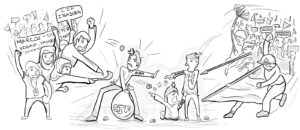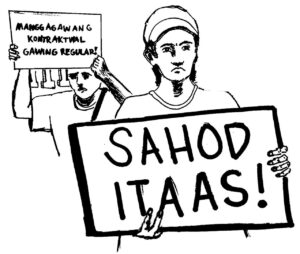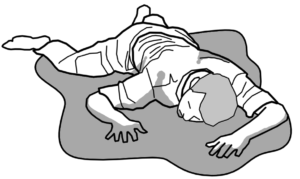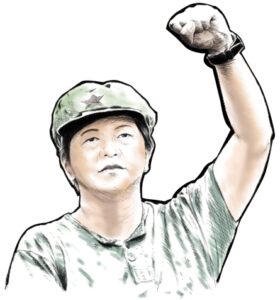Slow wage increases amid soaring prices of goods

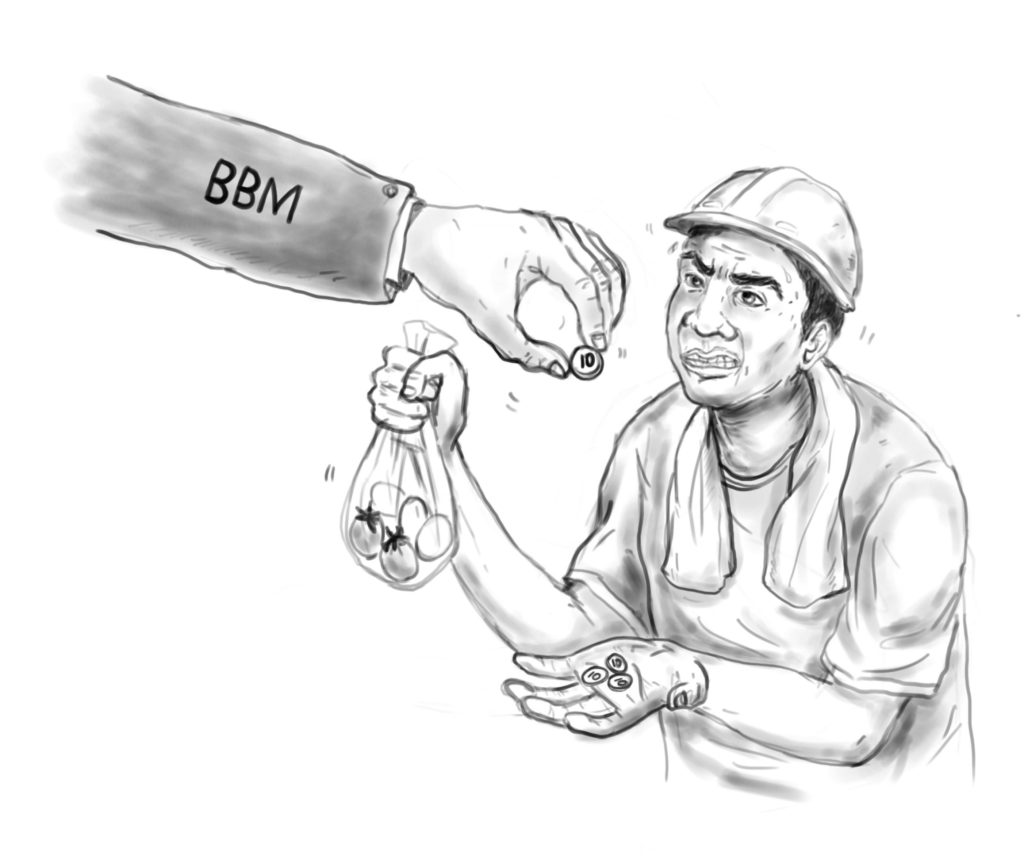
Wages in the Philippines remain pegged at low levels amid skimpy wage increases ordered by regional wage boards in the past five months. This is grossly insufficient for workers’ families to keep up with steep increases in prices of goods, especially food and fuel.
In September, inflation eroded real wages by 28%. In NCR, the real value of the take-home ₱610 minimum wage is only ₱504. This is less than half of the ₱1,189 daily living wage level. On average, workers across the country receive only 35.5% of the living wage. Even when inflation went down in October, their average income of ₱9,158 per month remains below the poverty line (₱12,040/month). This is a far cry from the living wage of ₱25,816 per month in October.
“Snail-paced” and “loose change” were the responses to the petitions for the wage increase range of ₱150 to ₱220 proposed by unions and labor centers. Six of the regions raised wages by ₱30 coins and three to ₱35. Highest is the ₱50 wage increase in the National Capital Region and some industries in Calabarzon. Measly as it is, its implementation is even “staggered” or in trickles in some regions. Until now, there has been no wage increase in regions 10, 11 and 13, as well as in BARMM, where the gap between minimum and living wage is greatest.
The wage increase mandated for agricultural workers is worse at ₱20 to ₱40 less compared to industrial and service workers. Farm workers dubbed the increase to the daily minimum “alms”, which is often not even enforced in rural areas. Currently, most agricultural workers only earn between ₱16 and ₱240 per day.
The small increases are grossly insufficient to raise the wage levels of women workers. Overall, women workers receive 13.9% less compared to men, according to the state statistics agency itself. The difference is even greater in professional jobs, such as in the digital field, where women’s wages are 18.4% lower than men’s.

